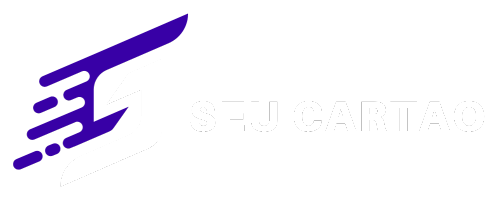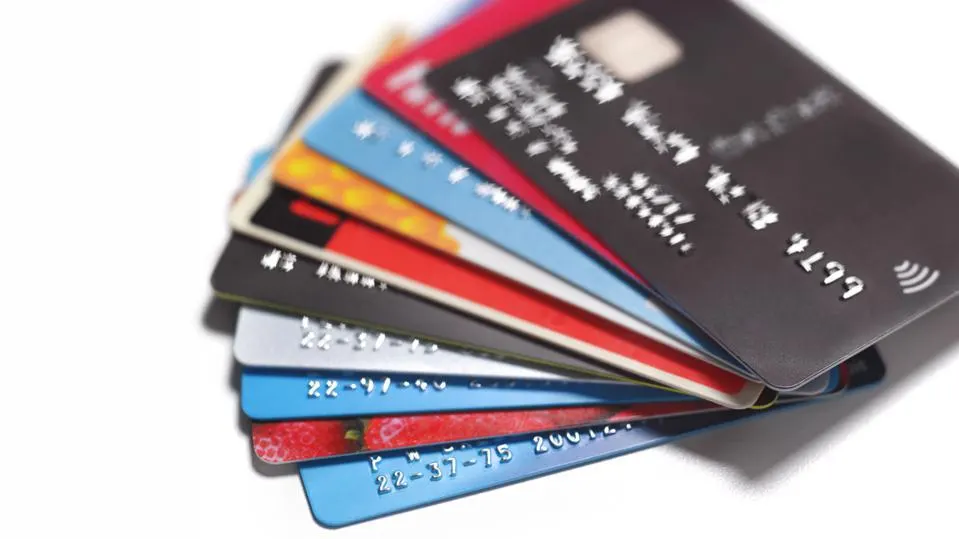When your credit card statement arrives, seeing the minimum payment due can be a tempting sight. It often seems like an easy way to manage your expenses and avoid late fees without a significant immediate impact on your budget. However, while making the minimum payment might offer temporary relief, it’s a financial habit that can quickly lead to a spiral of debt and long-term financial strain.
The Allure of the Minimum Payment: Short-Term Relief, Long-Term Woes
The idea of only paying a small fraction of your total credit card balance can feel convenient, especially when cash flow is tight. It allows you to keep your money in your pocket for other immediate needs. For some, it might even feel like a responsible act, as you’re technically not missing a payment and thus avoiding penalty fees and a negative mark on your credit report. However, this short-term convenience comes at a significant cost, often leading to a much larger financial burden in the long run.
The Hidden Costs: Why Minimum Payments Are a Trap
Understanding why minimum payments are generally a bad idea requires looking beyond the surface.
High Interest Charges Accumulate Rapidly
Credit cards typically carry high interest rates, often much higher than other forms of debt. When you only pay the minimum, a large portion of your payment goes towards the interest, with very little applied to the principal balance. This means your debt shrinks very slowly, or in some cases, barely at all. The remaining balance continues to accrue interest, leading to a compounding effect where your debt grows exponentially. What might seem like a small amount initially can balloon into a formidable sum over time, making it increasingly difficult to pay off.
Prolonged Debt and Increased Overall Cost
Because so little of your payment goes to the principal, paying only the minimum means it will take you a significantly longer time to pay off your debt. A debt that could have been paid off in a few months with larger payments might take years, or even decades, to clear when you’re only paying the minimum. Consequently, the total amount you repay will be much higher due to the prolonged period over which interest is charged. You end up paying significantly more than the original amount you borrowed.
Negative Impact on Your Credit Score
While paying the minimum prevents late fees, consistently carrying a high balance relative to your credit limit (known as credit utilization) can negatively impact your credit score. A high credit utilization ratio signals to lenders that you might be over-reliant on credit and could be a higher risk. This can make it harder to get approved for future loans or credit at favorable interest rates. Lenders prefer to see low credit utilization, indicating responsible credit management.
Reduced Financial Flexibility
Being stuck in a cycle of minimum payments means a significant portion of your income is constantly going towards servicing debt. This reduces your financial flexibility, leaving you with less money for savings, investments, emergencies, or discretionary spending. It can hinder your ability to reach other financial goals, such as buying a home, saving for retirement, or even building an emergency fund.
When Might Paying the Minimum Be Necessary?
While generally ill-advised, there are rare situations where paying the minimum might be a necessary, albeit temporary, strategy. If you’re facing a genuine financial emergency, like unexpected medical bills or a job loss, and have absolutely no other option, making the minimum payment can help you avoid immediate penalties and preserve what little cash flow you have. However, even in these dire circumstances, it should be a short-term emergency measure, followed by a clear plan to pay down the debt as soon as your financial situation stabilizes.
Breaking the Minimum Payment Cycle
If you find yourself consistently paying only the minimum, it’s crucial to take action to break free from this cycle.
- Prioritize higher payments: Aim to pay as much as you possibly can above the minimum each month. Even an extra R$50 or R$100 can make a significant difference in how quickly you pay off your debt and how much interest you save.
- Create a budget: Understand where your money is going to identify areas where you can cut back and free up more funds for debt repayment.
- Debt snowball or avalanche method: Research debt repayment strategies like the debt snowball (paying off smallest debts first for motivational wins) or the debt avalanche (paying off highest interest debts first to save the most money).
- Consider a balance transfer: If you have good credit, you might qualify for a balance transfer credit card with a 0% introductory APR. This can give you a window of time to pay down your debt without accruing interest.
- Seek professional help: If your credit card debt feels overwhelming, consider consulting a credit counselor. They can help you create a debt management plan and negotiate with creditors.
In conclusion, while the minimum payment offers an illusion of affordability, it’s a costly habit that can trap you in a cycle of debt. For true financial well-being, always strive to pay off your credit card balance in full each month, or at the very least, significantly more than the minimum. Your long-term financial health will thank you for it.






